Expansion in Paper Industry
The Kaolin Market is significantly influenced by the paper manufacturing sector, which utilizes kaolin as a filler and coating pigment. In recent years, the demand for high-quality paper products has risen, leading to an increased consumption of kaolin. It is estimated that the paper segment will represent around 30% of the kaolin market by the end of 2025. The need for improved printability and brightness in paper products is driving manufacturers to incorporate kaolin into their formulations. Additionally, the shift towards sustainable paper production methods may further enhance the role of kaolin, as it is a naturally occurring mineral that aligns with eco-friendly practices. This expansion in the paper industry is likely to create new opportunities for kaolin suppliers and processors.
Growth in Paints and Coatings
The Kaolin Market is poised for growth due to the increasing application of kaolin in paints and coatings. Kaolin Market serves as a vital ingredient that enhances the opacity, durability, and finish of paint products. The Kaolin Market is projected to grow at a compound annual growth rate of approximately 4% through 2025, which is expected to positively impact kaolin demand. As manufacturers strive to meet consumer preferences for high-performance coatings, the incorporation of kaolin is likely to become more prevalent. Furthermore, the trend towards environmentally friendly paints may also drive the use of kaolin, as it is a non-toxic mineral. This growth in the paints and coatings sector presents a promising avenue for kaolin producers.
Increasing Demand in Ceramics
The Kaolin Market is experiencing a notable surge in demand from the ceramics sector. This is primarily due to the material's unique properties, such as its whiteness, plasticity, and ability to withstand high temperatures. In 2025, the ceramics segment is projected to account for approximately 40% of the total kaolin consumption. As manufacturers seek to enhance the quality of their ceramic products, the reliance on kaolin is likely to increase. Furthermore, the trend towards high-end ceramics, including porcelain and stoneware, is expected to further bolster the kaolin market. This growing demand from the ceramics industry is indicative of the broader trend towards premium products, which may drive innovation and investment in kaolin extraction and processing technologies.
Rising Applications in Plastics
The Kaolin Market is witnessing a diversification of applications, particularly in the plastics sector. Kaolin Market is increasingly being used as a filler in various plastic products, enhancing their mechanical properties and reducing production costs. The plastics industry is expected to grow steadily, with a projected increase in demand for lightweight and durable materials. This trend is likely to drive the consumption of kaolin, as manufacturers seek to improve the performance of their plastic products. Additionally, the shift towards sustainable materials may further boost the use of kaolin, given its natural origin. As the plastics industry evolves, the role of kaolin as a functional additive is expected to expand, creating new opportunities for market participants.
Technological Innovations in Extraction
The Kaolin Market is benefiting from advancements in extraction and processing technologies. Innovations in mining techniques and processing methods are enhancing the efficiency and quality of kaolin production. These technological improvements are likely to reduce operational costs and increase the availability of high-grade kaolin. As a result, producers may be better positioned to meet the growing demand across various sectors, including ceramics, paper, and plastics. Furthermore, the adoption of automation and digital technologies in kaolin production is expected to streamline operations and improve product consistency. This focus on technological innovation is crucial for maintaining competitiveness in the kaolin market, as it allows companies to respond effectively to changing market dynamics.


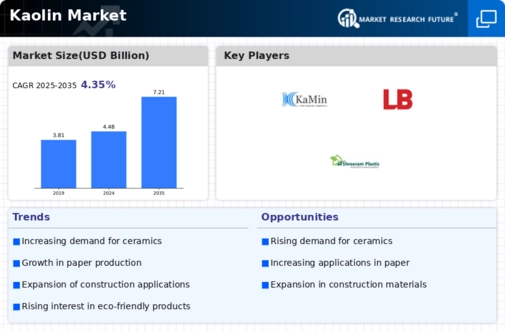
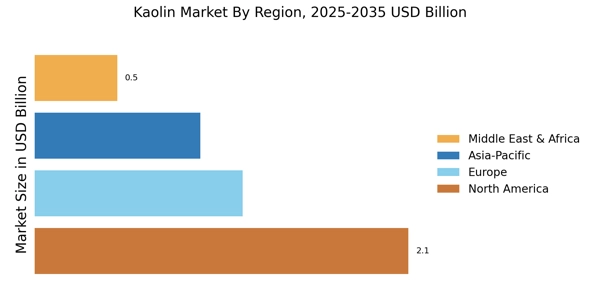

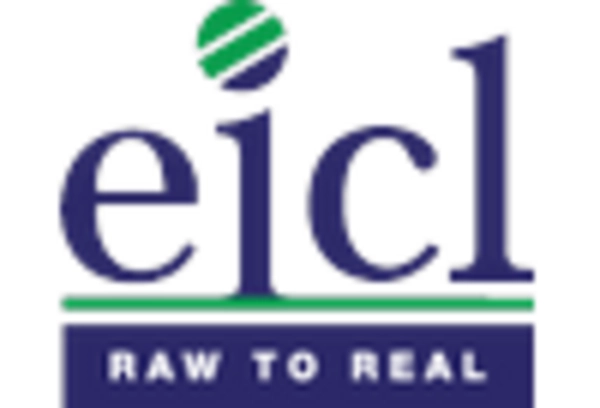
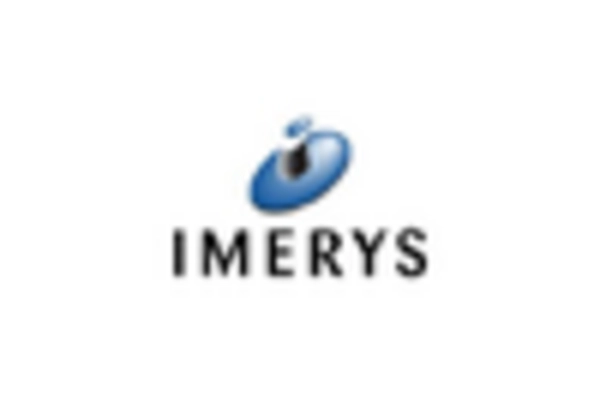


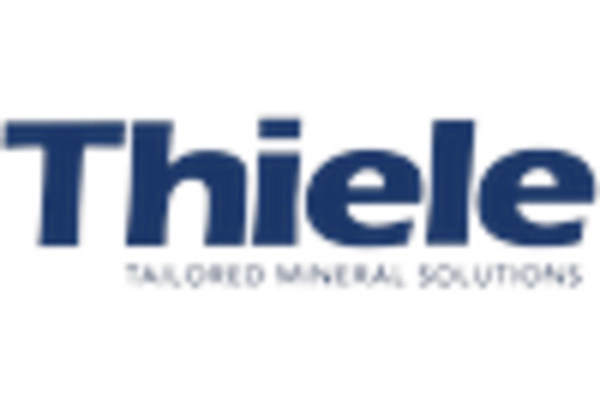








Leave a Comment